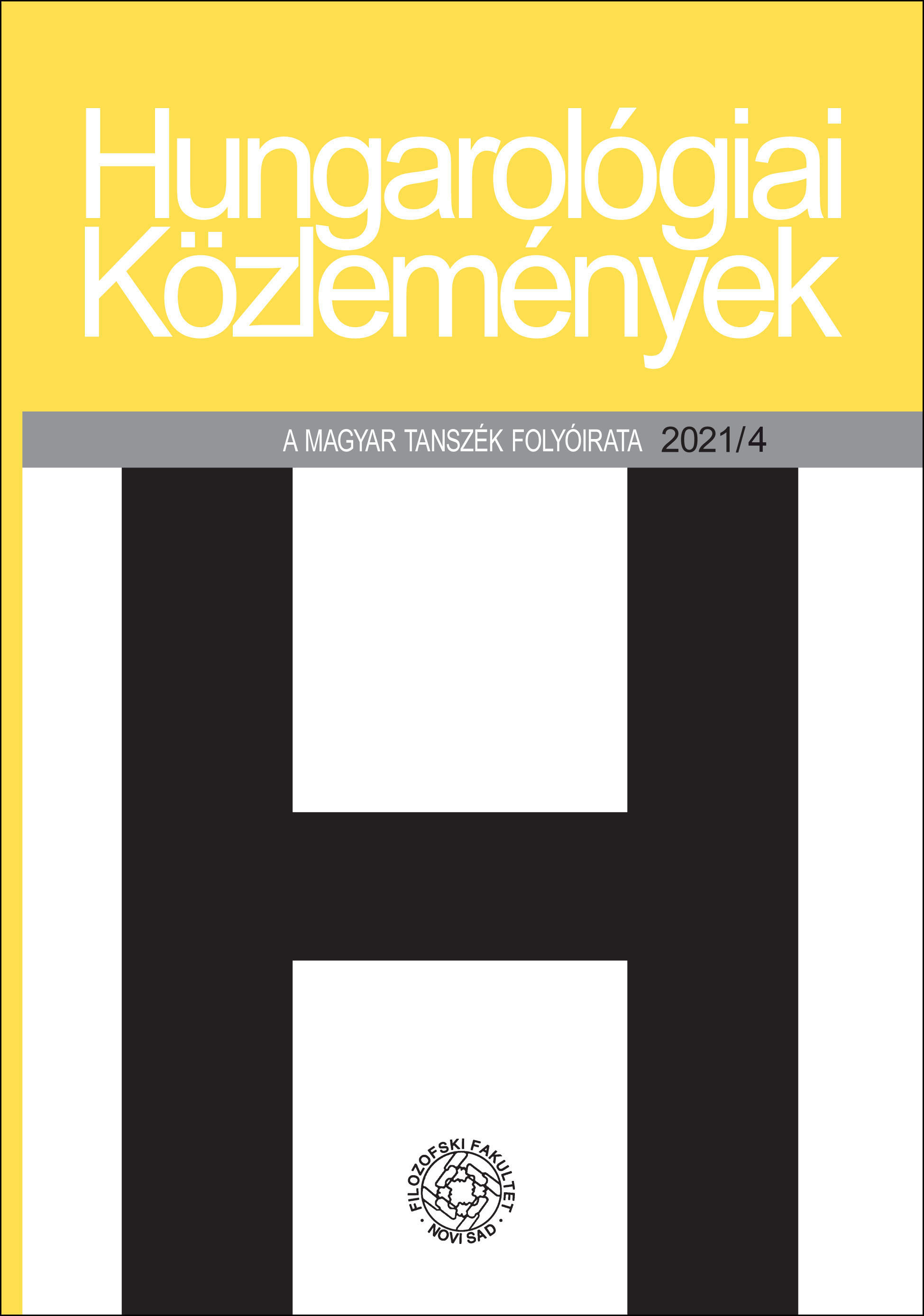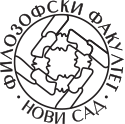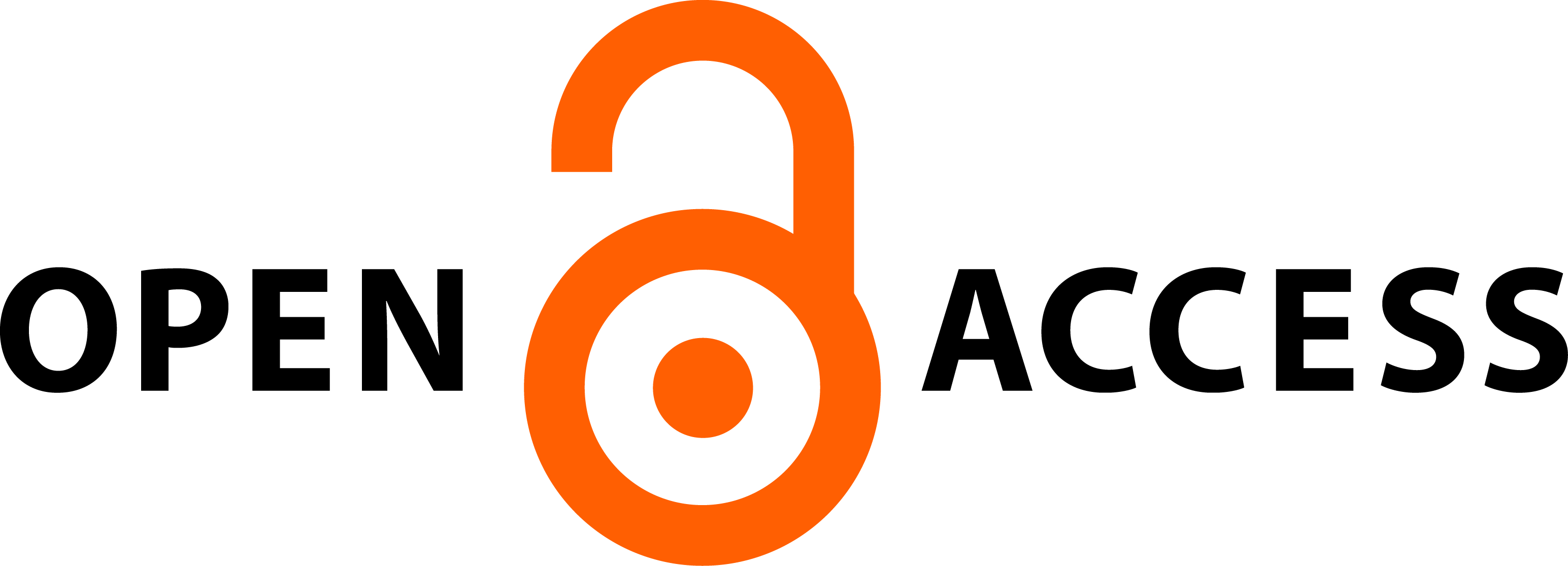SZÖVEGÉRTÉS ÉS SZÖVEGALKOTÁS ZENEI FUTAMOKON
Absztrakt
A technika dominanciájának világában élünk, ezt nem hagyhatjuk figyelmen kívül, de nem engedhetjük meg, hogy megtagadjuk önmagunkat. Olyan oktatási modellek, projektumok, feladatrendszerek létrehozásán kell fáradoznunk, amelyek a diákokban szunnyadó alkotó embert felszínre hozzák. El kell érnünk, hogy belássák: a kommunikáció egyetemes formája minden más kifejezésmód alapját képezi, a médiumok segítik, keresztezik és kiteljesítik egymást. A zenére mint ősi kifejezőeszközre épített projektumok egyfelől az emberi érzés- és gondolatvilág feltérképezéséhez és kifejezéséhez nyújtanak segítséget, egyrészt a szövegekben rejlő képiség, a gondolatvilágunkban rejtező metaforikusság tudatosítása, másrészt az önkifejezésében megnyilvánuló sokoldalú kreativitás révén. A dolgozat az elméleti megalapozottság mellett a zene szövegalkotásban betöltött szerepét, megjelenítő erejét, a különböző stílushatások elérését, a műfajok jellemzőit és létrehozási folyamatát tanulmányozza. Teszi ezt abban a reményben, hogy a gyakorlati példaanyag révén diákjainkkal közösen tapasztalhatjuk majd meg a zene és egyáltalán a művészet emberformáló erejét. Eközben a zenére mint médiumra koncentrálunk, mely által (Babitscsal élve) a világ zenéje muzsikál át az alkotón és rajtunk.
Hivatkozások
Bakos Árpád. 2021. Altató, ébresztő. Magyar Szó – Üveggolyó, jún. 7. 4.
Domonkos Péter. 2003. Irodalom III. a négy- és hatosztályos középiskolák számára. Budapest: Nemzeti Tankönyvkiadó.
Eco, Umberto. 2007. Hat séta a fikció erdejében. Budapest: Európa Könyvkiadó.
Jókai Mór. 1968. Az arany ember. Budapest: Szépirodalmi Könyvkiadó.
Kappanyos András. 2018. Szellem a dobozban. http://real.mtak.hu/86069/7/KA.pdf (2021. júl. 15.)
Katona Edit. 2009. „Krúdy hárfája zengi át az ausztrál éjszakát”: A zene és a hangszerek mint a metaforák forrástartományai. Hungarológiai Közlemények 40 (4): 57–74.
Katona Edit. 2017. A „testesültség” alakzatai a fogalmi metaforákban. Tanulmányok (2): 229–239. http://tanulmanyok.ff.uns.ac.rs/index.php/tan/article/view/2175 (2021. júl. 5.)
Katona Edit. 2018. Élményszerűség, gazdagítás, önmegismerés szövegalkotás révén. Tanulmányok (2): 61–75. http://tanulmanyok.ff.uns.ac.rs/index.php/tan/article/view/2232 (2021. júl. 5.)
Kövecses Zoltán. 2005. A metafora: Gyakorlati bevezetés a kognitív metaforaelméletbe. Budapest: Typotex.
Szabolcsi Bence. 1972. Vers és dallam. Budapest: Akadémiai Kiadó.
Szabó Lőrinc. 2013. Autóutazás a zenében. In Irodalmi tanulmányok, előadások, kriti- kák, szerk., jegyz., utószó Kemény Aranka. Budapest: Osiris. http://krk.szabolorinc. hu/04/29m.htm (2021. szept. 1.)
Szapu Magda. 2004. A zene mentén szerveződő mai ifjúsági csoportkultúrák. In Gábor Kálmán – Jancsák Csaba szerk. Ifjúsági korszakváltás: Ifjúság az új évezredben. 108–121. Szeged: Belvedere.








